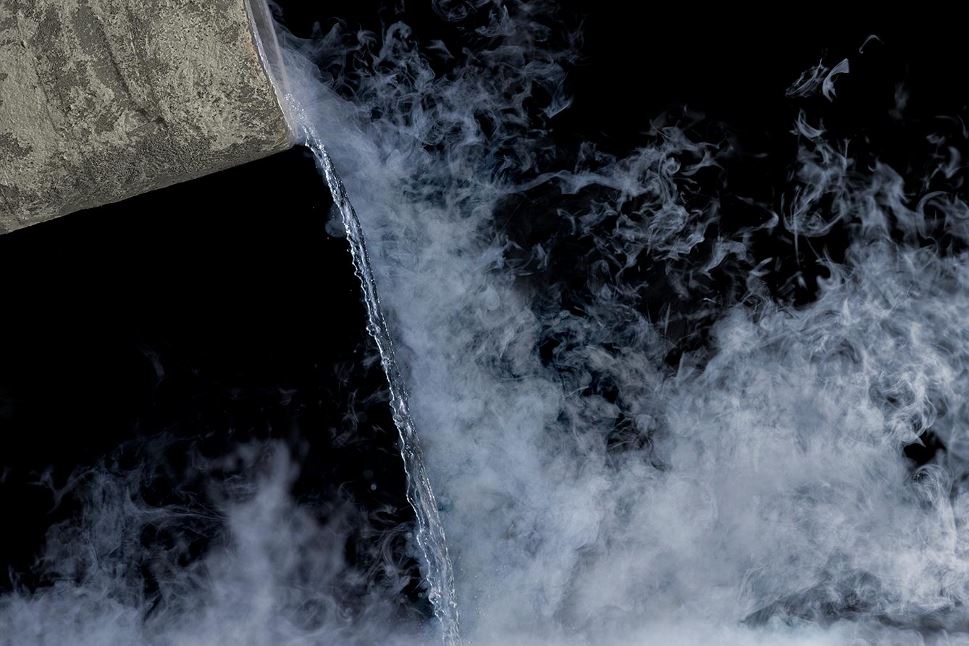Get in touch with one of our technical experts.
Put Air Products' decades of cryo-treating experience to work for you.

Put Air Products' decades of cryo-treating experience to work for you.

Commercial Technology Manager - Europe
Useful as a gas, for its inert properties, and as a liquid for cooling and freezing. Virtually any industry can benefit from its unique properties to improve yields, optimize performance and make operations safer.